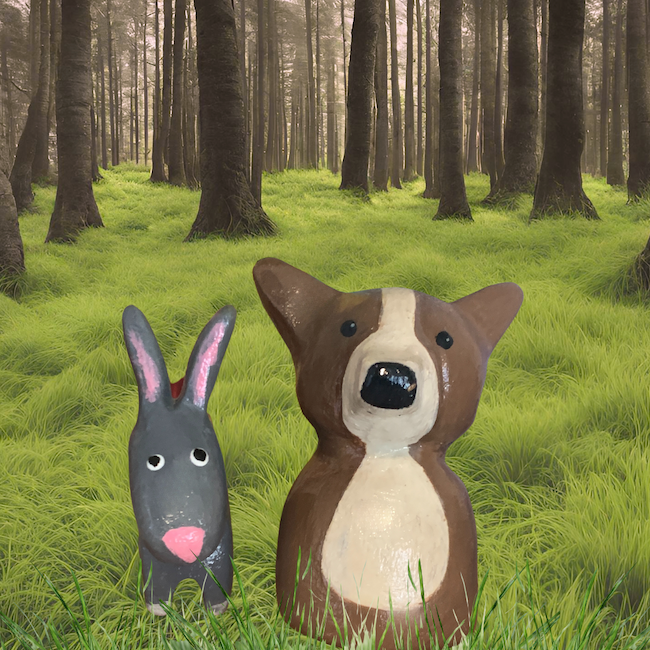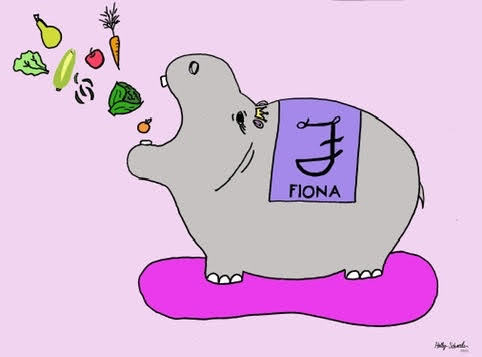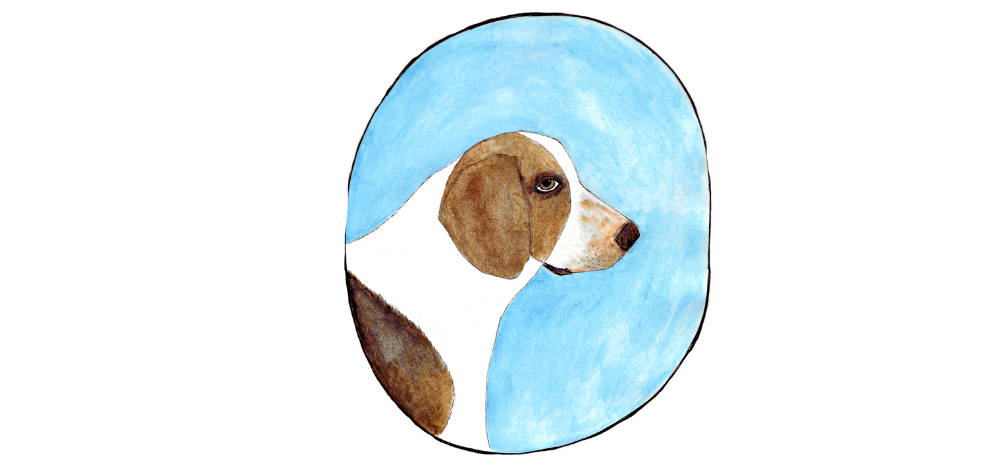Q&A with Holly Schroeder, Sr. UX Researcher in Crop Science
Editor’s note: Nancy Cox is the founder of Research Story Consulting and former CPG corporate researcher. Her work and play include words, sketch pads, cooking (not baking) and the occasional sock puppet
Hello to Holly Schroeder, sr. user experience researcher in crop science
What is the “play” in your life?
I’m a true mixed-media artist. I’ve studied, made and taught all types of art. I studied photography at a magnet high school and began my college career as a photography major. Over the years, I’ve experimented with illustration, jewelry making, painting – acrylic, gouache and my favorite, watercolors. My mom taught me to sew when I was young and as an adult, I expanded my fiber and textile skills: weaving, crochet, knitting, needle felting and embroidery. I love exploring new mediums.
I do art for the joy and pleasure of doing it. While I have studied and achieved some technical mastery in art, recognition is not the goal. Throughout my life, art has been a fun and therapeutic outlet to calm my busy brain.
My mom was a professional artist and oil painter when I was young. When she needed a break from my natural-born researcher’s endless questions – all beginning with “why?” – she gave me art projects as a distraction. She kept a big roll of newsprint handy to wrangle me for those occasions. One of my earliest memories is watching my chubby little hand clutch a crayon as I carefully traced my body on a giant piece of newsprint attempting to mirror my silhouette.
Lately, I’ve been working a lot with air dry clay. I have degenerative brain disease that causes tremors and had to take an art break from my beloved watercolor – too many fine brush strokes and wobbly hands. A little over a year ago, I had brain surgery to calm the tremors. I’m still working on getting my fine motor skills back to where they once were. I really missed doing art and knew I needed a creative outlet. I knew working with air dry clay would help with my fine motor skills with the added novelty of a new medium. I make silly little creatures, like a shark for my husband (a No. 1 “Jaws” fan), geometric mobiles and practical items like vases and tiny lidded boxes. Thanks to my experiment in playing with clay, I’m ready to get out my watercolors again.

How has your play influenced your research work?
I love to learn. Just as I’m a mixed-media artist, I’m a mixed-methods researcher. Thinking about how to bring to life what you want to make is energizing. The skill set to begin a new art project or research project is the same – critical thinking, observation and problem-solving. Learning to deeply observe is an artist’s skill that I teach UX mentees. I call it “UX in the wild.” I suggest they find a place to watch people, close enough to see but not hear conversation. What do you see? What might they be saying? Doing? What does their body language convey? If they are with someone, what’s the mood? What can you suss out about their relationship from the visual cues? It's like going to a studio art class to do a still life drawing. Your perspective shifts from the scene as a whole to examine the individual parts. If you give something a fast pass, you might draw an erroneous conclusion. The big picture and the details matter.
Observation is a key skill for any researcher. Stakeholders and researchers often have different lenses to view their environment. Researchers deeply care about people and insights, but we can’t expect stakeholders to care “just because they should.” Our innate love of stories bridges the gap – how you show and tell that story.
One way I’ve invested in the “show and tell" of my work is to create my own set of templates for presentations and reports. For a couple of years, I’ve been consistently striving to improve the visual presentation of my work. The first principle I applied was “less is more.” I put less on my slide and more in my notes. I apply design principles including the seven Gestalt design principles – how the human eye perceives visual elements. In application, using these principles can elevate your work. For example, the rule of proximity says people naturally group things that are close together and infer a relationship. If you have elements that loosely form a shape, the mind closes the shape automatically – that’s the law of closure. I’ll squint a bit and look at the shapes and text together, is the layout cohesive? When there’s time, each slide becomes a micro work of digital art.
Using templates may seem constraining but constraints can spark inspiration. We think we want freedom from constraints, but I believe, at heart, we all crave a bit of structure. In my work as a researcher, I’ve seen how templates and design principles satisfy that craving. The cohesiveness and consistency accelerate my pace and add credibility.
What would you tell readers who want to know more about your area of play?
I’m a firm believer in the notion of the “Mediocre Art Club.” Most of us won’t be featured in a museum and that’s fine! Worry less about the result and enjoy the process. Give it a go with a fun and affordable medium like air dry clay. Check out YouTubers who share tutorials. Grab some inexpensive craft acrylic paints and things around your home like chopsticks and a spoon for shaping the clay. It’s not about the supplies. It’s about time, attention and practice. Know your first attempts will be less than perfect and that’s A-OK!

Art that is hyper-realistic will likely require technical training to achieve that level of mastery. If you want to do abstracts, things that are much looser, you have a lot more freedom to break the “rules.” That’s where I see the delineation between work and play. When playing, don’t worry about creating a masterpiece. Enjoy the process and give yourself an A+ from the Mediocre Art Club!
Image credit: All images within this article were created by Holly Schroeder.
